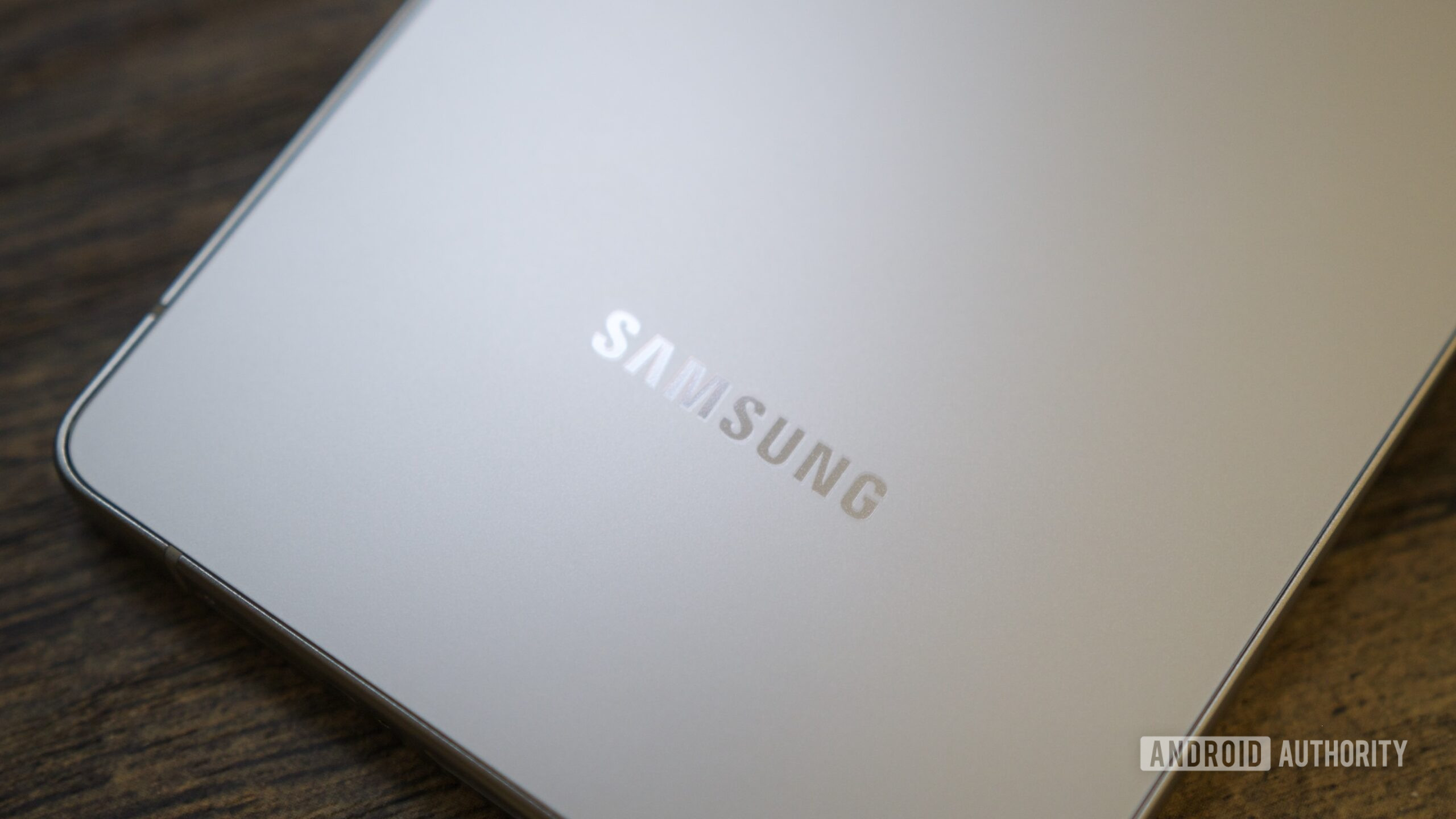Joe Maring / Android Authority
TL;DR
- Samsung is reportedly exploring more advanced “battery protection circuits” for the Galaxy S26 series, along with the previously reported SUS CAN casing.
- These upgrades could leave room for Samsung to expand the batteries in capacity.
- However, these upgrades may still not be able to compensate for the lack of a more advanced silicon-carbon battery.
Batteries on the latest Samsung Galaxy flagship phone have been a major reason for disappointment. With the Galaxy S26, Samsung may be looking to address the issue partly by improving the current battery technology and allowing for bigger batteries and potentially faster charging.
Samsung has reportedly entered a new agreement with South Korea’s ITM Semiconductor Co. for specialized solutions to extend the longevity of batteries to be used in the Galaxy S26 series. These solutions will include the use of additive fillers that reinforce batteries for protection against physical stressors.
In the case of the Galaxy S26 specifically, ITM Semiconductor is expected to offer “battery protection circuits” developed using epoxy molding compound (or EMC) technology, as per Korean news outlet The Elec. The report also notes these circuits will regulate the flow of charge and prevent the Galaxy S26’s batteries from overcharging or discharging too quickly.
For the sake of oversimplification, EMC deploys a thin layer of polymeric compounds, such as silica, that block any ingress of moisture, prevent electromagnetic interference from other electronic components on the phone’s circuit board, and help dissipate heat generated while charging or discharging. The third aspect is most important, as batteries tend to degrade faster when subjected to heat while charging or quick draining, as in scenarios such as gaming.
Notably, ITM already supplies similar, but less advanced, solutions to Samsung’s Galaxy A, Z Fold, and Z Flip series, as per The Elec. It also has experience supplying protection circuit modules packages (or PMPs) for batteries used in certain iPhone and AirPods models, as well as older Samsung flagships such as the Galaxy S11.
ECM utilizes a more advanced packaging technique that allows for protection circuits to get smaller. With each iteration, the protective circuits are reduced in size, allowing for more physical space inside the phone for the actual battery pack to occupy.
The Galaxy S26 series may have bigger batteries than the Galaxy S25 series.
Will that mean the Galaxy S26 series has bigger batteries than the Galaxy S25? While it’s too early to commit, there are some unverifiable rumors about Samsung increasing the battery capacity on the Galaxy S26 Ultra to 5,500mAh, marking a 10% increase over the Galaxy S25 Ultra. Another, more reliable report says Samsung will switch the batteries’ housing to stainless steel or “SUS CAN”, which should allow for higher capacities than the existing Galaxy flagships, but unlike anything that some Chinese phone brands have been able to achieve.
Samsung is sleeping on a big battery upgrade
Despite this advanced packaging technique, Samsung does not seem to have plans to switch to a more advanced battery technology — silicon-carbon or Si-C — that many other phone brands have been gravitating towards.
Si-C batteries typically offer more charge density, allowing a battery to have more capacity in the same physical configuration. Phones such as the OnePlus 13 and the newly launched Nothing Phone 3 already employ Si-C batteries, which allow batteries with higher mAh ratings to occupy less volume than previous generations.
As the technology evolves, we can expect batteries to get even bigger in capacity without expanding physically. On these lines, OnePlus 15 — the next flagship from camp OnePlus — is rumored to house a 7,000mAh battery. In comparison, the Galaxy S26 Ultra’s supposed 5,500mAh battery pack may fail to outshine it.
The better protection measures could allow for faster charging, if not significantly bigger batteries, on the Galaxy S26 series, but we haven’t heard any news on that front.









